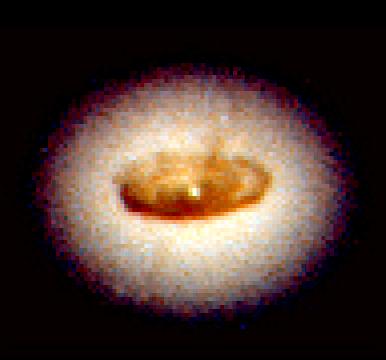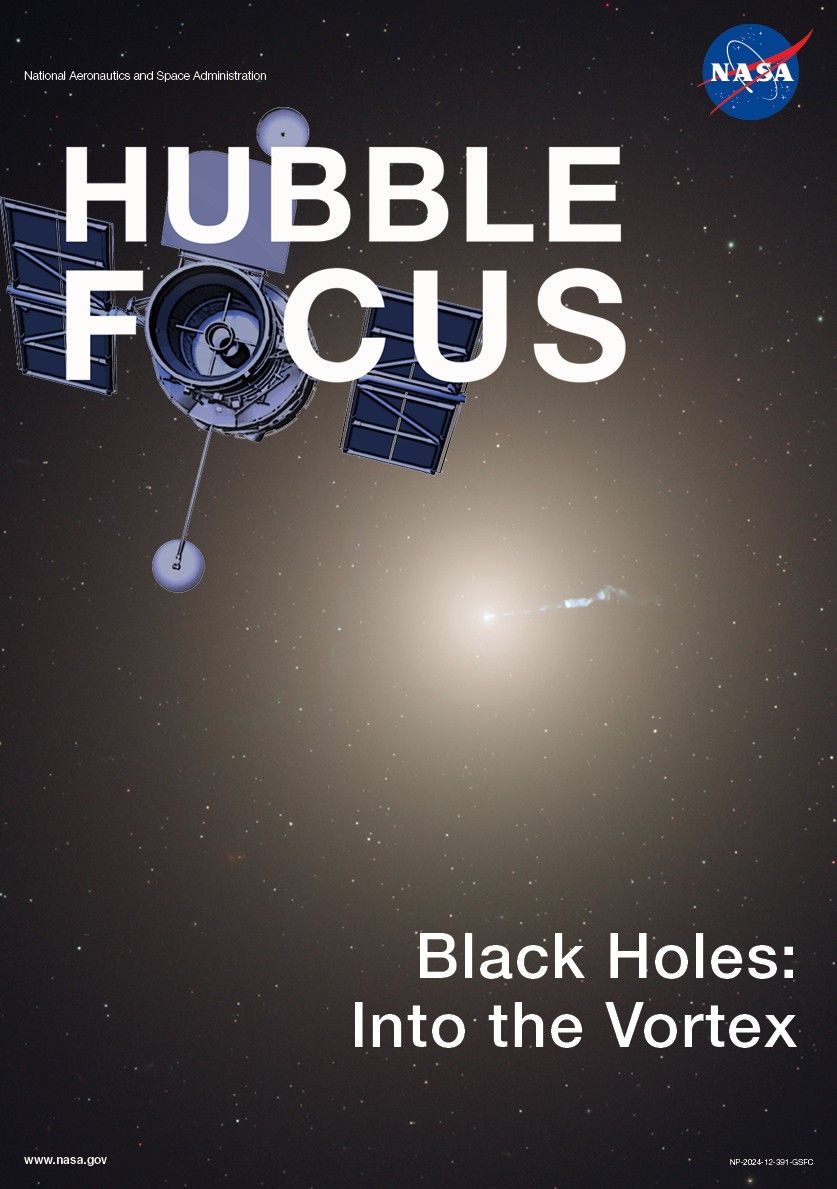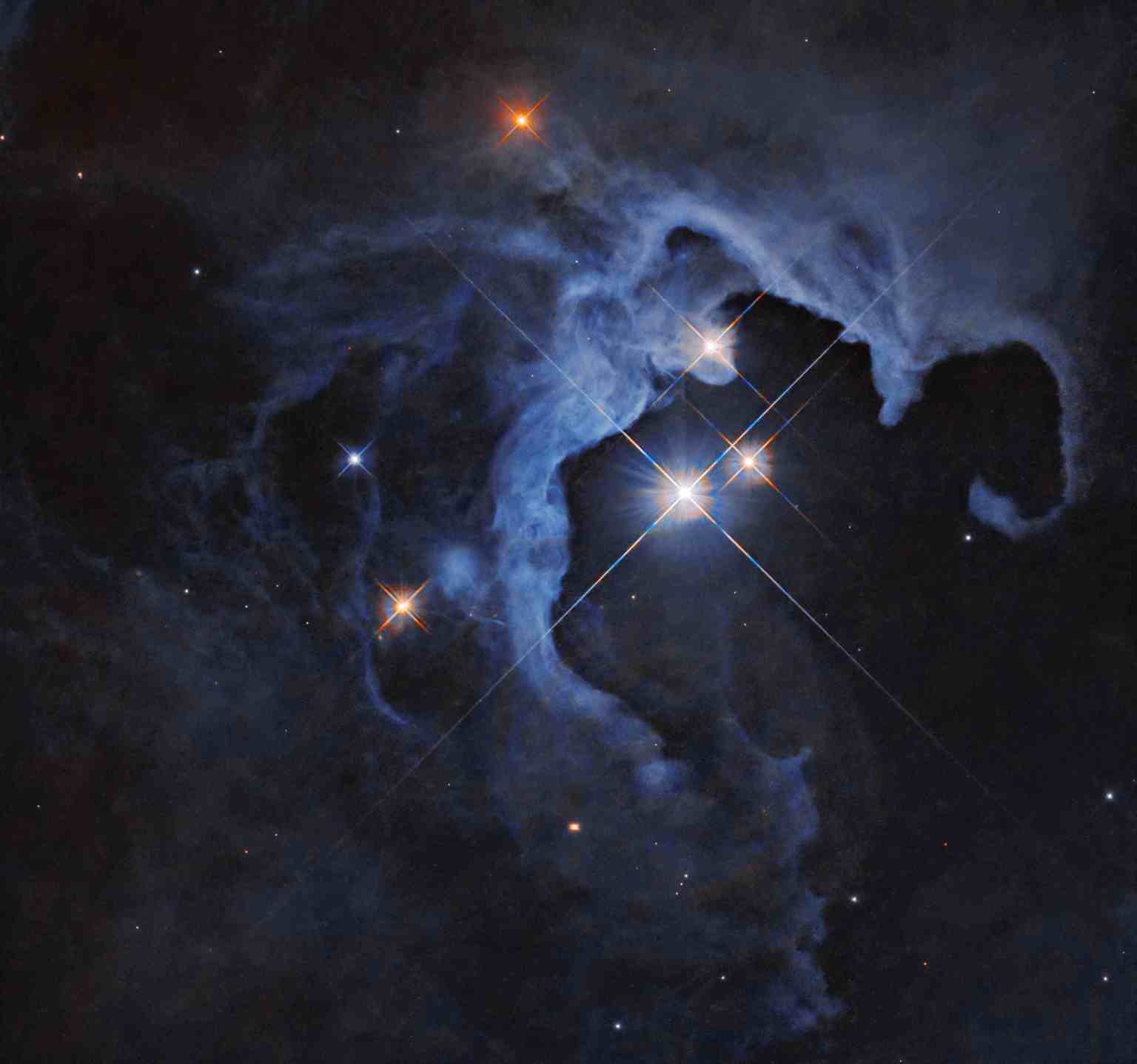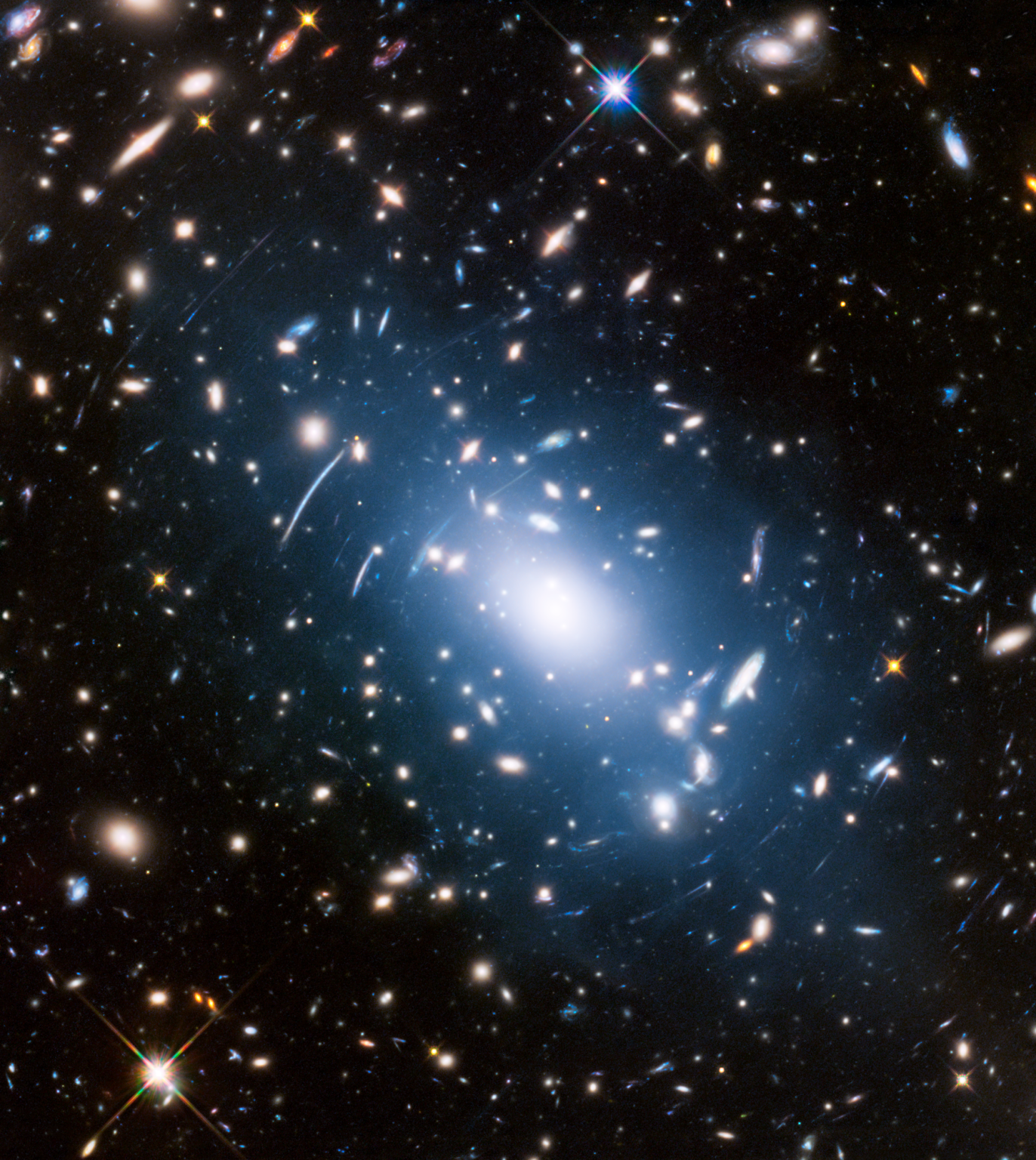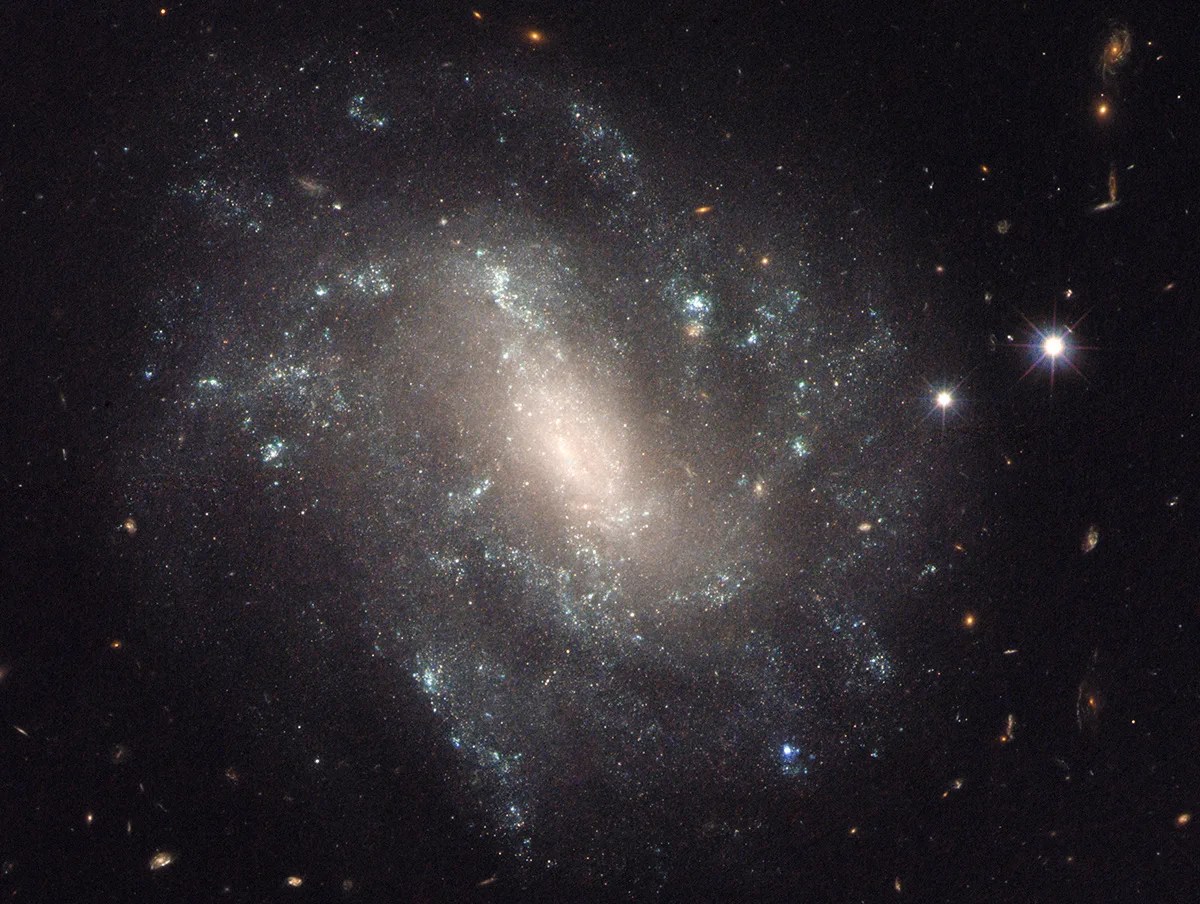Overview
Black holes are some of the universe’s strangest and most violent objects: invisible objects of immense density whose gravity is so overpowering that not even light can escape them, born when a vast amount of matter collapses into a point of infinite density.
Black holes are places where physics as we understand it breaks down, where the world of the very large meets the world of the unbelievably small. They consist of two main parts ― the singularity, that central region of tiny but immense density, and the event horizon, the point past which nothing can escape the black hole’s gravity.
Anything that passes the event horizon becomes subject to an entirely different perception of time and space, while the gravity of the black hole compresses it horizontally and stretches it vertically ― a phenomenon called "spaghettification" ― in the process of crushing it into the singularity.
Astronomers have identified three kinds of black holes.
Stellar-mass black holes, which range from five to 10 times the mass of our Sun, form either in the deaths of massive stars or from the addition of mass to the small, incredibly dense remnants of dead stars called neutron stars.
Supermassive black holes lurk in the hearts of most galaxies and can be hundreds of thousands to billions of times the mass of our Sun. The processes that create them are still under investigation.
Between these two categories are intermediate-mass black holes, elusive objects that have only recently begun to be discovered by astronomers.
Hubble has played a key role in deciphering the ongoing puzzle of black holes.
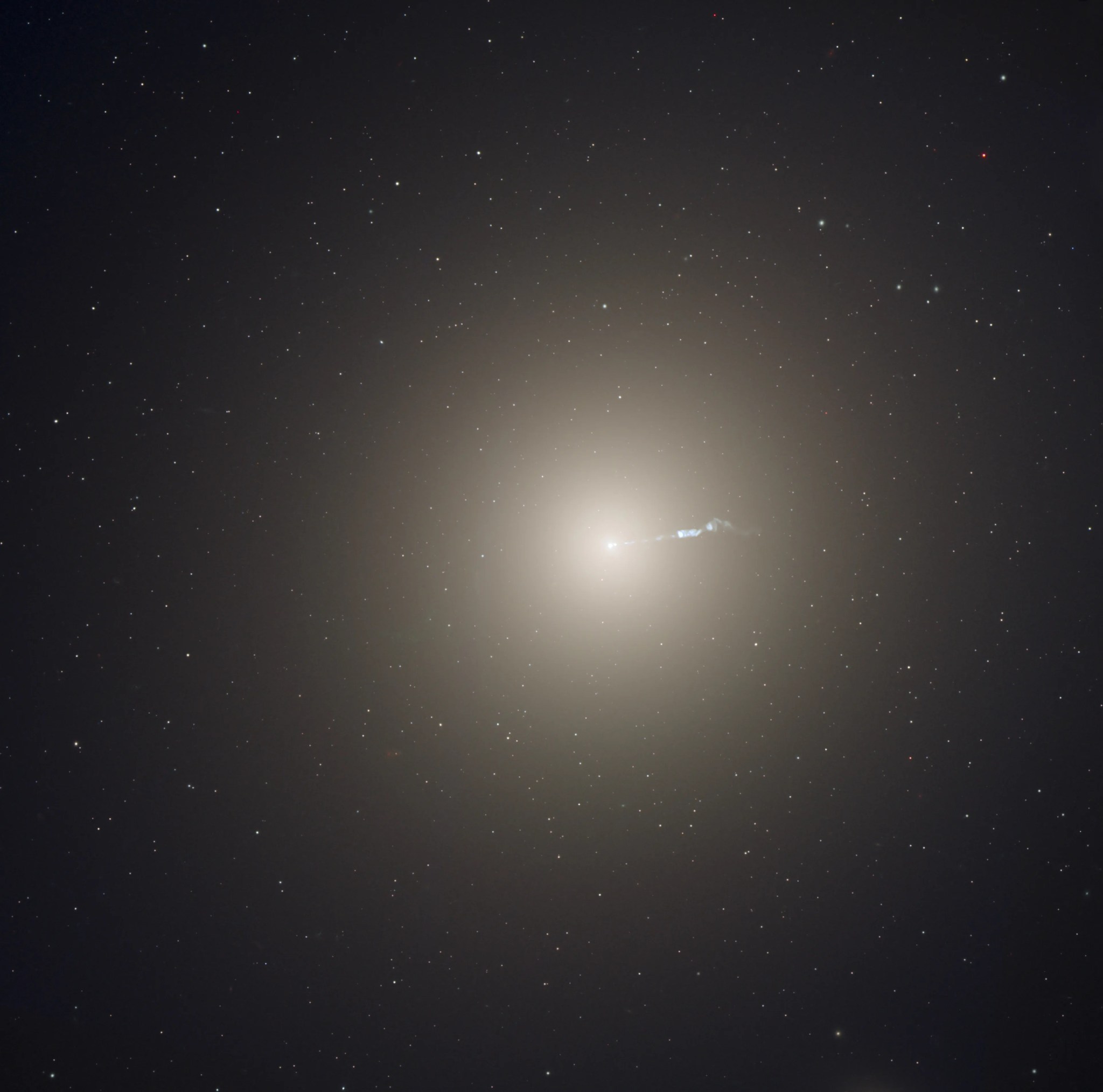
Supermassive Black Holes
In the 1960s and 1970s, astronomers began building the case for supermassive black holes and finding candidates in galaxies, including Sagittarius A* at the center of the Milky Way. Hubble’s observations opened the door to a universe full of black holes, pinpointing dazzling bright, black hole-powered galactic nuclei called “quasars” at the centers of galaxies and making the first-ever confirmation of the presence of a suspected supermassive black hole at the center of a galaxy. Hubble’s further investigations showed that black holes were at the hearts of most galaxies, and integral to their development.
Though we know that supermassive black holes grow by eating stars and clouds of gas and dust, or by merging in galactic collisions, scientists are still trying to understand how supermassive black holes first formed and how they shape the evolution of their galaxies. The Milky Way’s Sagittarius A* is around 4 million times the mass of our Sun ― and that could be considered small by supermassive black hole standards. The neighboring Sombrero Galaxy, for instance, contains a supermassive black hole a billion times the mass of the Sun.
Observations of the distant universe show that some supermassive black holes formed in the first billion years after the birth of the universe. These black holes may have begun with the collapse of supermassive stars in the early universe ― perhaps in the dust-shrouded cores of vigorously star-forming "starburst" galaxies ― or they may gotten a jump on their super-sizes by forming directly from the collapse of massive clouds of gas.
Intermediate-mass Black Holes
The most elusive of black holes are the intermediate-mass black holes (IMBH), the middle ground between stellar-mass black holes and supermassive black holes. Black holes grow in mass by colliding and merging with each other or by consuming stars. Over time, collisions between stellar-mass black holes should have created some intermediate-mass black holes, ranging from around 100 to 100,000 times the Sun’s mass. However, examples of these medium-sized black holes have been difficult to confirm, despite scientists actively searching for them.
The best place to look for intermediate-mass black holes is globular clusters: compact, gravitationally bound clusters of tens of thousands to millions of stars, which provide plenty of opportunities for collisions between cosmic objects. Hubble’s keen resolution allows it to distinguish individual stars in the Milky Way’s globular clusters, while its more than three decades in space has built a history of observations of these clusters, making it a key tool in the hunt for intermediate-mass black holes. Hubble has helped identify several potential candidates, helping weave intermediate-mass black holes into our understanding of the cosmos.
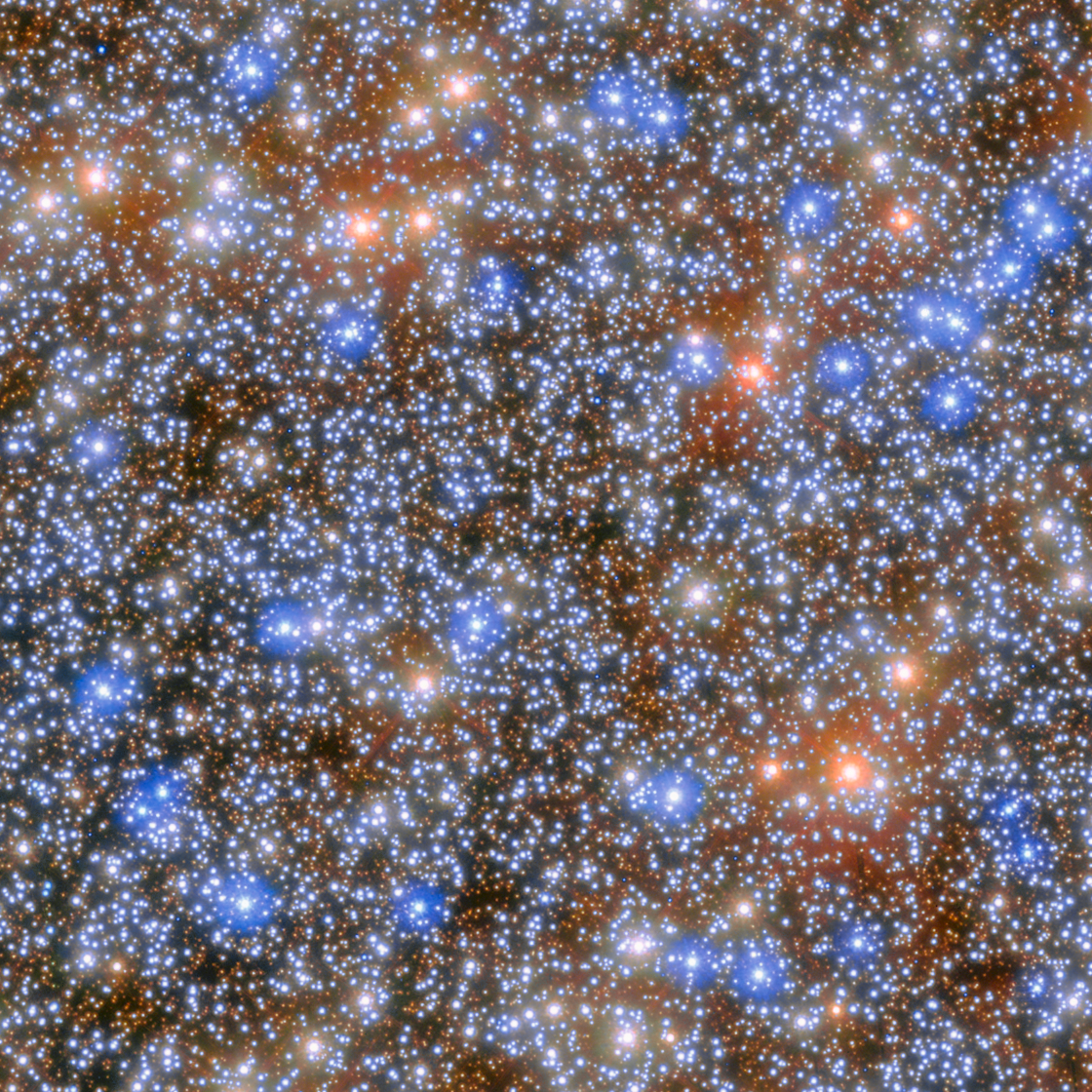
Stellar-mass Black Holes
Stellar-mass black holes range from five to 10 times the mass of the Sun and form from the collapse of massive stars or when mass gets added to a neutron star ― either through the collision of two neutron stars or by a single neutron star gravitationally pulling matter from a companion object.
Compared to supermassive black holes, whose formation is being debated, and intermediate black holes, which are still in the early stages of being discovered, stellar-mass black holes seem relatively well-understood. When a massive star runs out of fuel, its core collapses under its own gravity, triggering a shock wave that casts the star’s outer material into space. In many cases, this leaves behind a small, dense object with tightly packed neutrons ― a neutron star. But if the collapsing core is massive enough, gravity compresses everything even further, into a black hole.
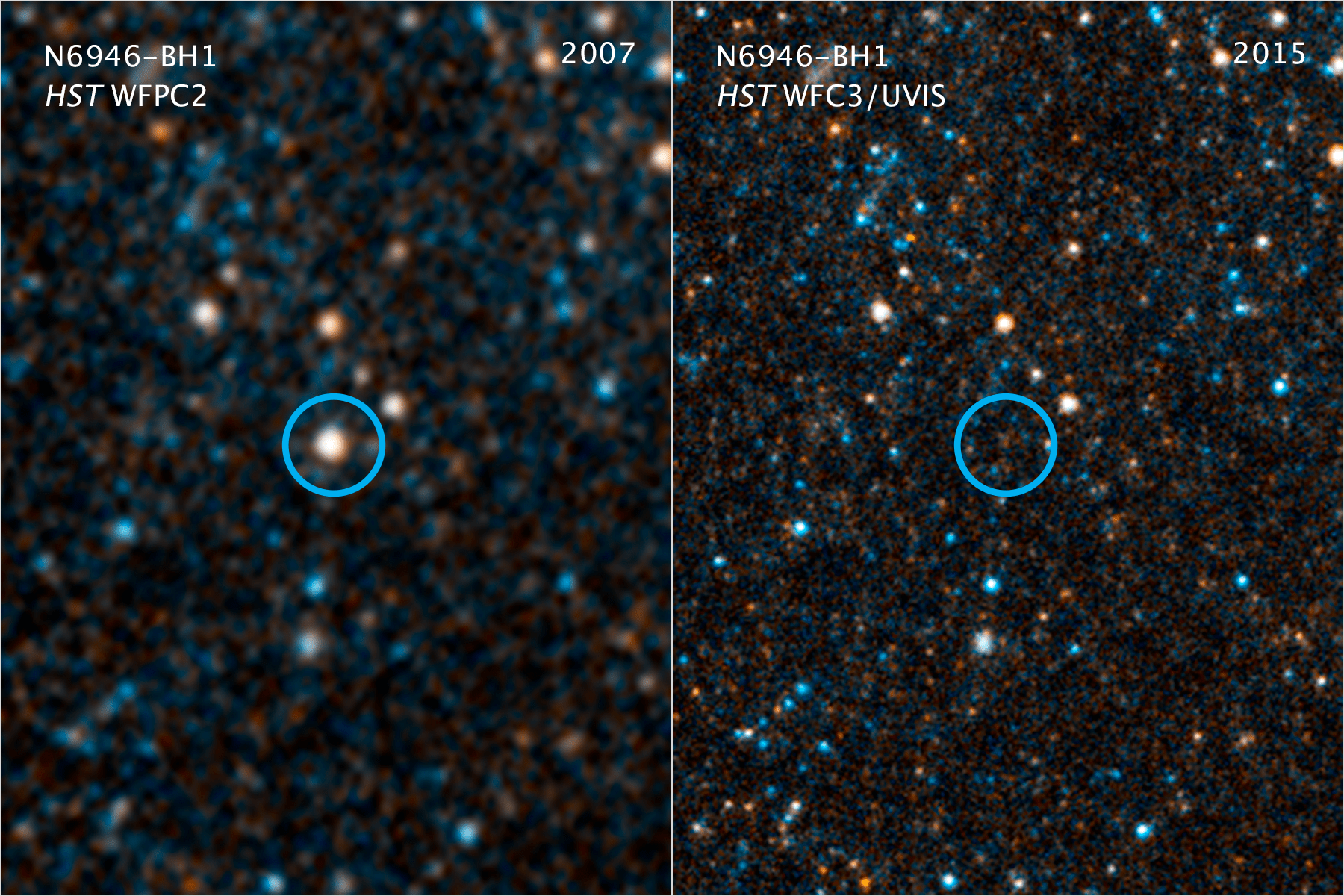
Hubble's Impact
For all their destructive power, black holes are difficult to observe ― thus the name. Since they devour even light, and let no information escape, we can only study black holes by the behavior of the matter that orbits around them or is in the process of falling into them.
Hubble’s keen vision and excellent resolution make it a powerful tool for observing matter around black holes. Hubble was able to first confirm the existence of supermassive black holes by measuring the velocity of gas circling at the core of elliptical galaxy M87. The hot, ionized gas was orbiting at tremendous speeds around a central object that had to be both extremely massive and extraordinarily compact: a black hole. Since then Hubble has gone on to show that black holes are at the hearts of most galaxies and that their mass correlates with the mass of the enclosing galaxy.
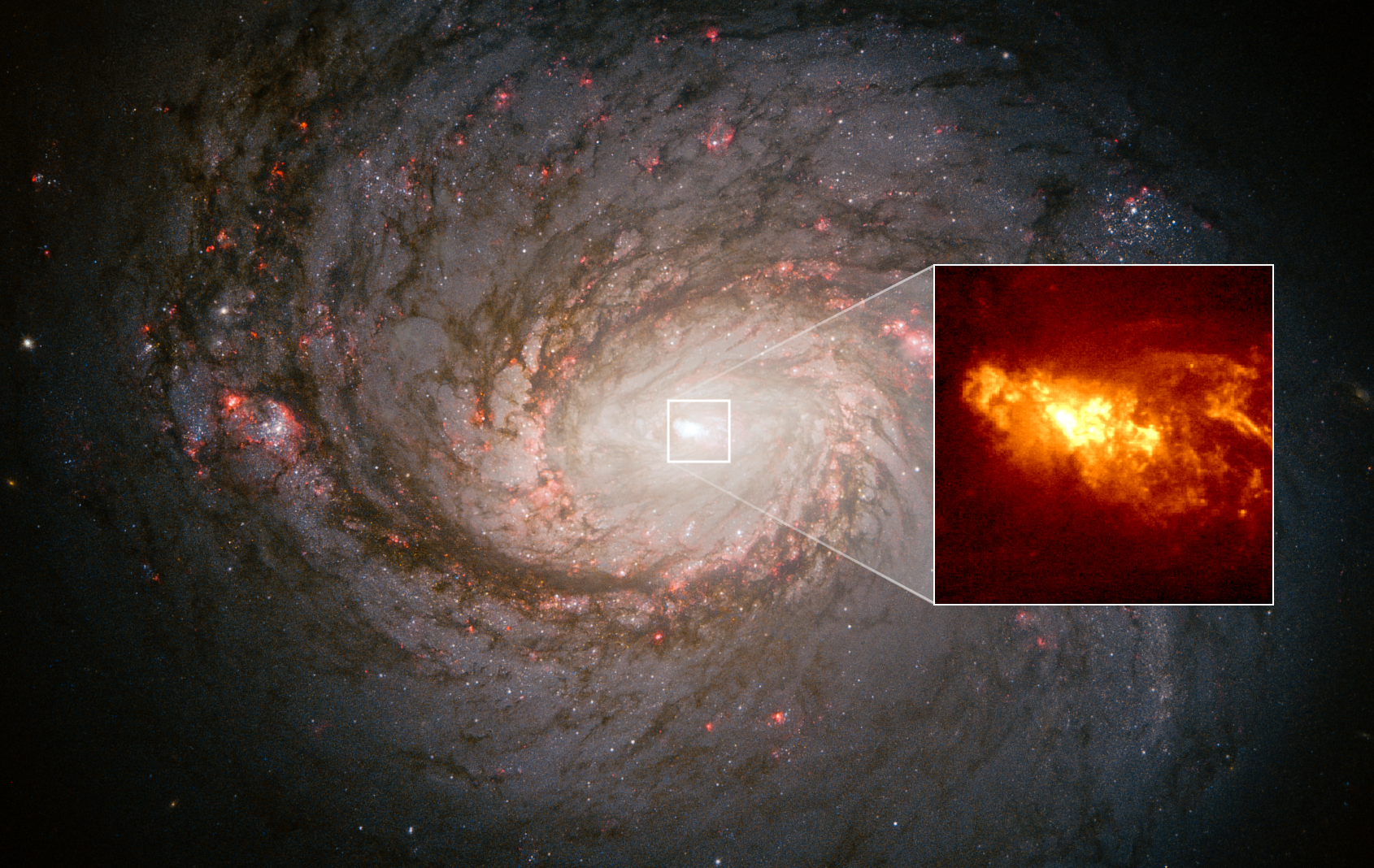
Hubble’s ability to distinguish individual stars in globular clusters, the prime hunting grounds for intermediate black holes, has made it a critical player in identifying intermediate black holes by observing the orbits of stars around them. And Hubble has made startling and unique discoveries about black holes: finding supermassive black holes knocked away from the cores of their galaxies, studying rare and bizarre cosmic explosions that may be the result of black holes devouring stars, even discovering a supermassive black hole streaking across space and observing a shadow cast by the disk of material whirling around a black hole.
With Hubble’s unparalleled vision, researchers are uncovering more and more details about the inner workings of black holes and the key role they play in their cosmic surroundings, bringing a famously dark cosmic phenomenon into the light.





























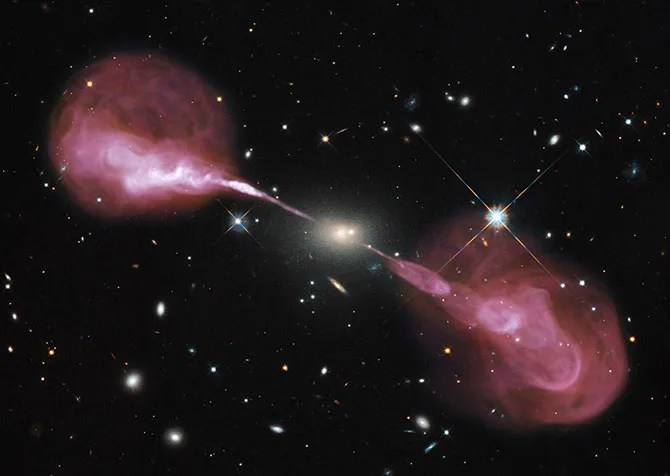
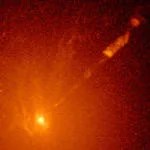
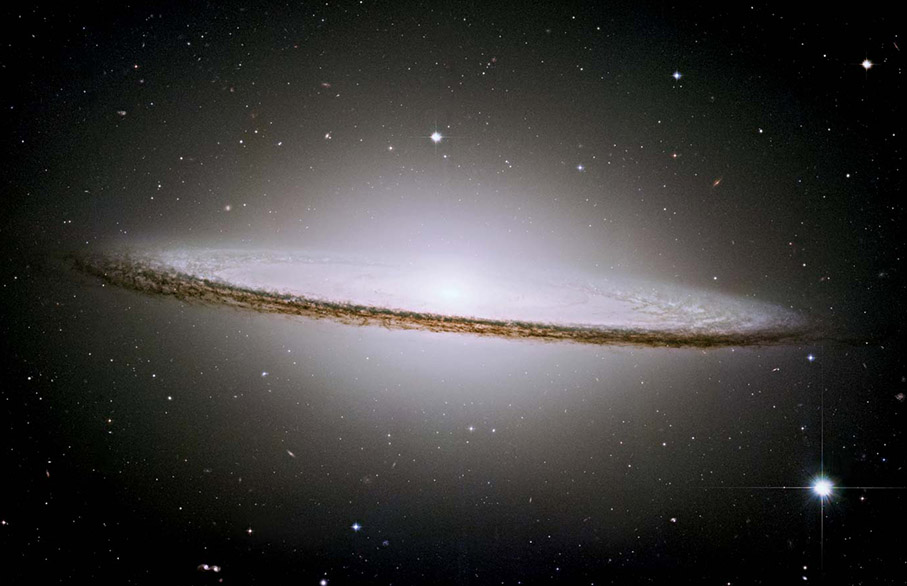
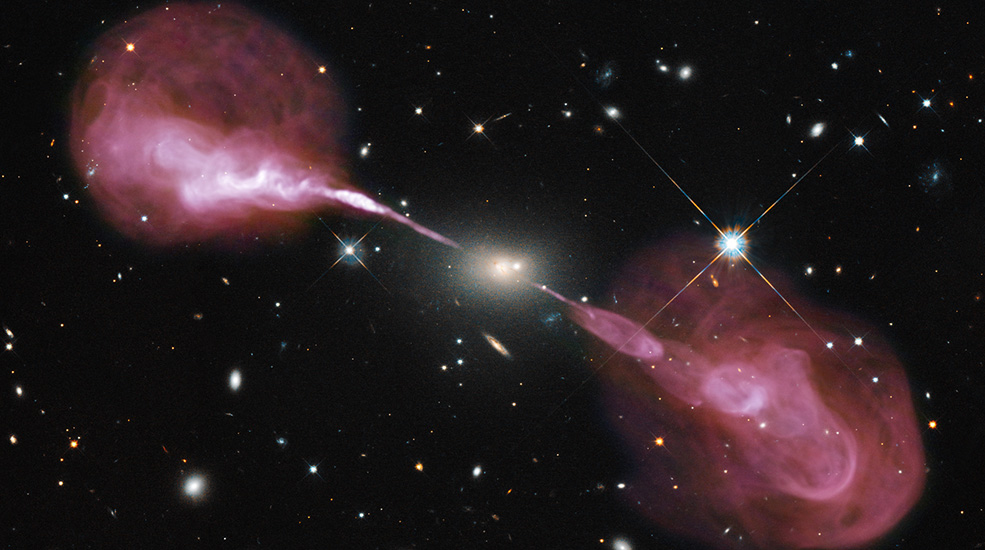
![A dense cluster of bright stars. The core of the cluster is to the left and has a distinct group of blue stars. Surrounding the core are a multitude of stars in warmer colors. These stars are very numerous near the core and become more sparse, as well as more small and distant, out to the sides of the image. A few larger stars also stand in the foreground near the edges of the image.]](https://science.nasa.gov/wp-content/uploads/2023/05/hubble-ngc6325-potw2320a-jpg.webp?w=2048)
